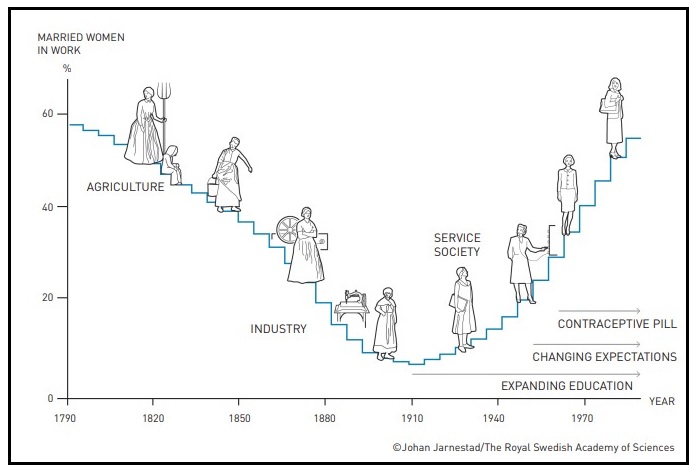7667766266
enquiry@shankarias.in
Recently, Claudia Goldin won the 2023 Nobel Prize for economics, for her work that overturned assumptions about gender equality.
|
2023 Nobel Prize for Economics |
|

Employees being paid differently because of factors such as colour, religion or sex among others is called as pay discrimination.
|
Gender Gap Report, 2023 |
|
References